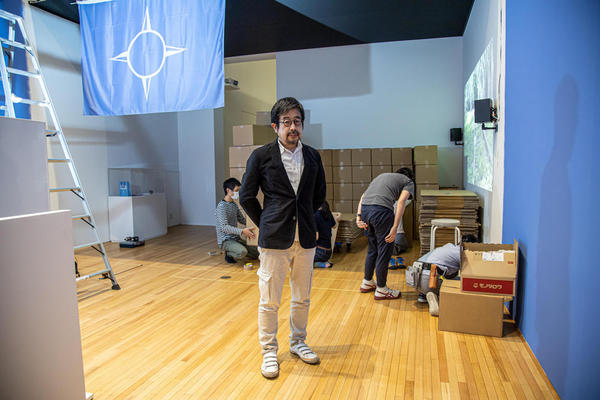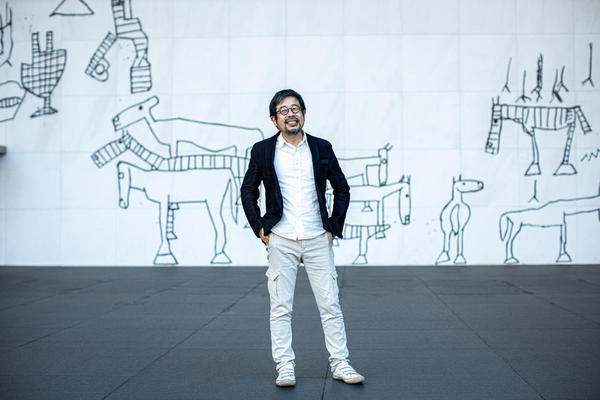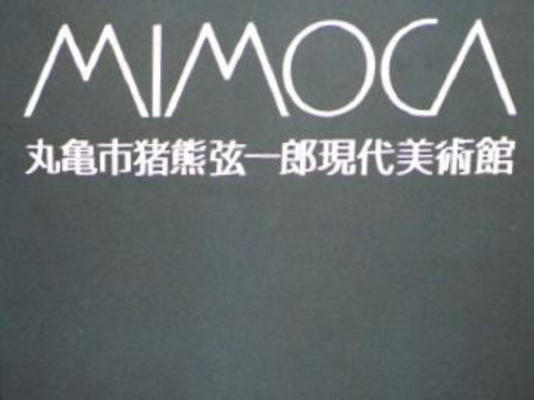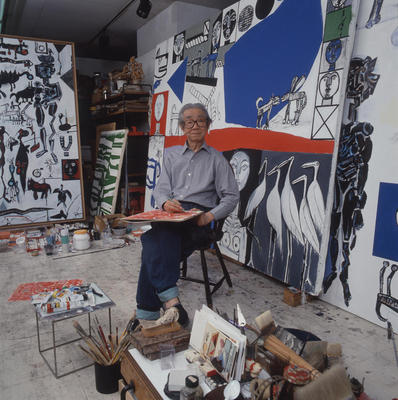At Marugame Genichiro-Inokuma Museum of Contemporary Art (MIMOCA), the exhibition “The Window: A Journey of Art and Architecture through Windows” is being held from October 13 (Tuesday), 2020 to January 11 (Monday, national holiday), 2021. Among exhibition participants is the Xijing Men, a project-based collaborative team of a Japanese, a Chinese, and a Korean. The MIMOCA magazine presents in two parts an interview with one of its members, Tsuyoshi Ozawa. In this second part, I ask him about the Xijing Men team’s work shown in the exhibition.Interviewer and text: Chisai Fujita, art writerPhotography: Shintaro Miyawaki
[Detail]